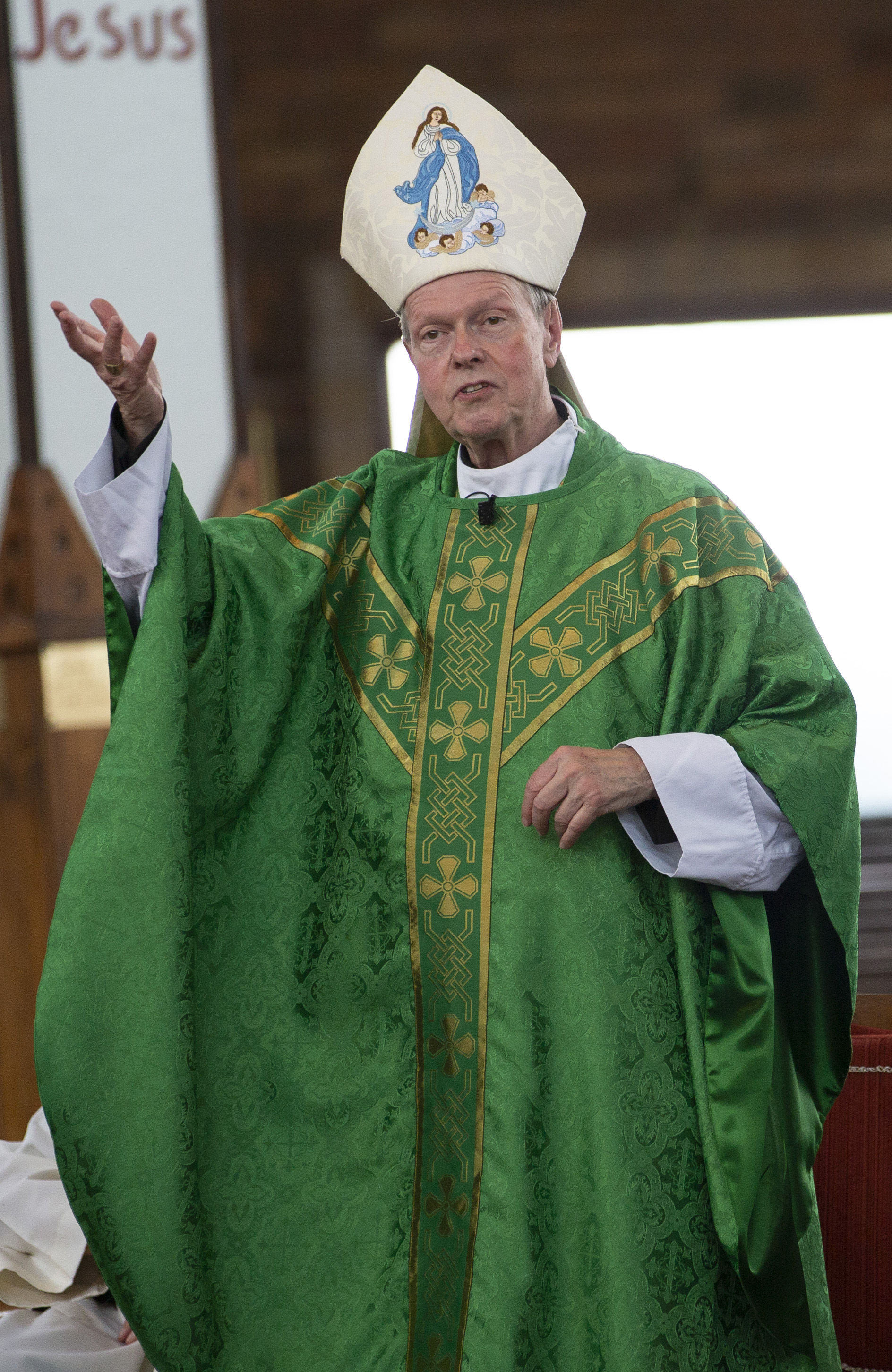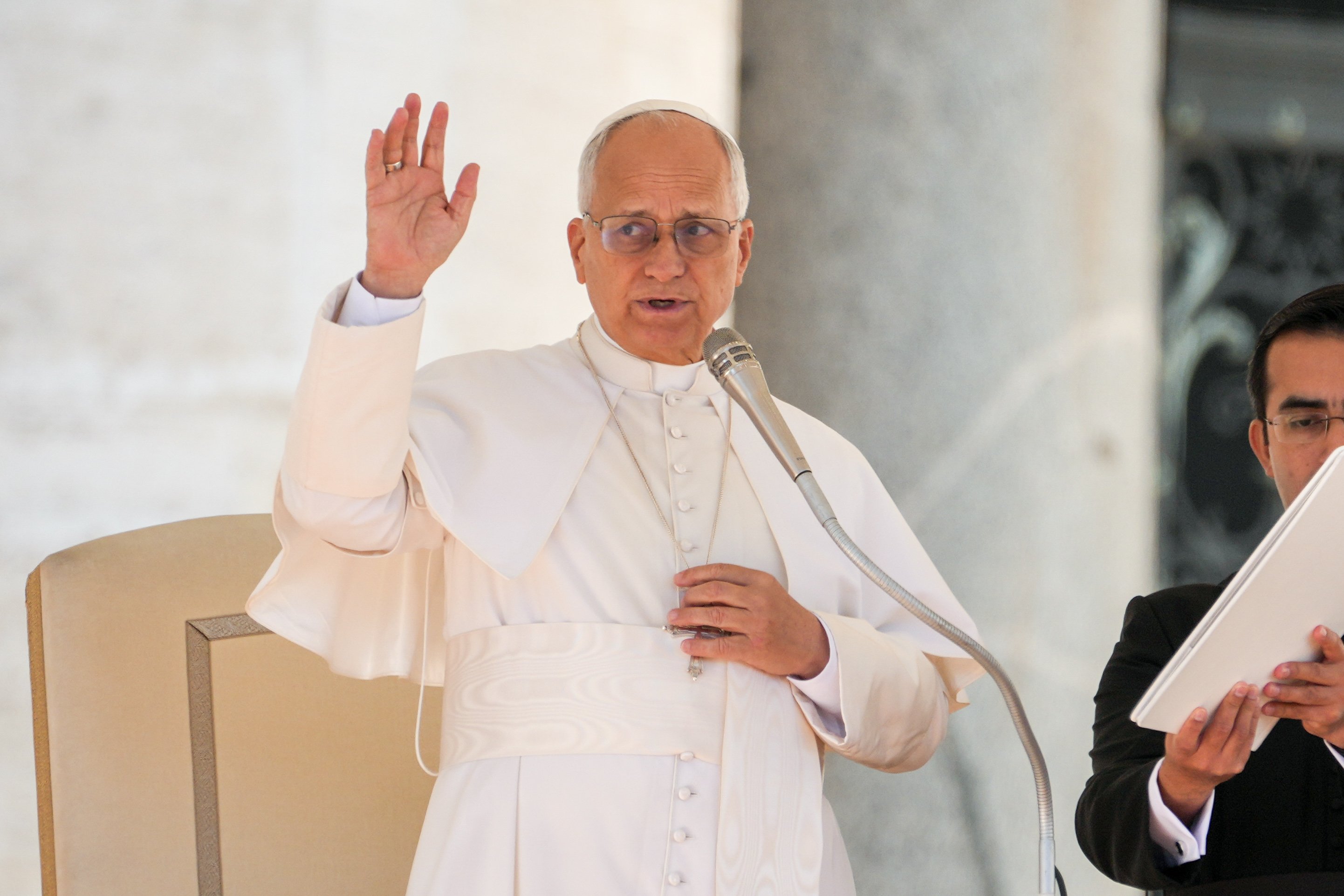April 6, 2018 at 1:53 p.m.
PERSPECTIVE
Two walls, two wrongs
For our international group of 15 men and women, that day would provide an introduction to some of the world's most sacred sites. From the bus, we stared at the 24-foot-high concrete barrier that snaked along the highway: the infamous wall that separates Israelis from Palestinians.
It was a shock to see, but its impact on daily life here would soon become quite evident.
In addition to field trips, our program included classroom lectures by academic and community leaders. Guest lecturers discussed the major religions, cultural diversity, governing structures, social mores and economic norms. We visited traditional holy places, ethnic neighborhoods, markets, archeological digs, historical sites and places of worship. But the enduring image throughout remained the forbidding wall and the people who are enclosed behind it.
Both Palestinian and Israeli speakers acknowledged the complexities of the Palestinian-Israeli conflict. From before the Christian era, the land in question was called Palestine. In 135 C.E., during the destruction of Jerusalem, the Romans killed or expelled most Jews, although many non-Jews remained and some adopted Christianity.
For the next 17 centuries, these indigenous people tended flocks, farmed small plots or engaged in trading, enduring occupation by one foreign regime after another.
In the late 1800s, severe persecutions against Jews in Poland and Russia caused many of the survivors to flee to Palestine. At the same time, the Zionist movement in Europe (and later in America) began campaigning for the relocation of all Jews to their Promised Land.
As Jews poured into Palestine in ever-increasing numbers, friction between Jewish settlers and native Palestinian inhabitants forced the United Nations to respond to international pressures. In 1947, the United Nations passed a resolution calling for the establishment of a Jewish state.
A declaration of independence was signed in 1948, and the State of Israel was born. Half of the Palestinians remaining in the new state fled to neighboring countries.
On the western shore of the Jordan River, a region known as the "West Bank" had already become a haven for many Palestinians. In 1948, it was designated as Palestinian territory and annexed by Jordan.
Israel reclaimed the West Bank after the six-day war of 1967. Today, nearly 80 percent of the original footprint of the West Bank has been appropriated by the Israeli government.
Despite documented proof of ownership, Palestinians have never received reimbursement for confiscated lands. International organizations refer to the West Bank, including East Jerusalem, as Palestinian territory occupied by Israel.
While travelling through the country, we heard similar stories of occupation from Palestinian waiters, cab drivers, grandmothers and professors. Their homelands are gone, freedom is an illusion and taxes are 30 percent higher for Palestinians than for Israelis.
Palestinians must have permits to work or visit "on the Israeli side." Permits may be rescinded for no reason, leaving a family without any income for months. Ambulances have been delayed for hours while permits are disputed. Israel controls the court systems, the water supply and the military.
In the West Bank city of Hebron, we observed a small military detail guarding an Israeli settlement. Only Jewish-owned vehicles are permitted on roads leading to this development, while Palestinian pedestrians are restricted to one side of these streets. Near Bethlehem, we walked through run-down neighborhoods and watched children playing by dilapidated houses on the Palestinian side of the wall.
Afterward, we waited to be processed through an Israeli checkpoint. When leaving a Palestinian enclosure to enter the Israeli side, everyone must pass through steel turnstiles while armed Israeli soldiers inspect permits, passports and so on.
Anyone can be detained or refused entry for any reason. Many workers arrive at their checkpoints by 4 a.m. in order to be on time for work should passage be delayed. They must return before curfew. At the airport, before leaving the country, all passengers are questioned about their activities while in the Holy Land.
Prior to this experience in Israel, I had never questioned the news reports about the Palestinian-Israeli conflict. Now, I know differently. What I observed there left me with feelings of profound disbelief and sadness.
I am reminded of another wall surrounding a ghetto in Warsaw, where thousands of Jews awaited their deaths only 70 years ago. Have we forgotten so quickly that two wrongs don't make a right?
(Ms. Linton is a parishioner of Immaculate Conception parish in New Lebanon. She recently spent a month in the Holy Land with an international study program.)[[In-content Ad]]
SOCIAL MEDIA
OSV NEWS
- Former diocesan fundraising director indicted on wire fraud for alleged 6-figure theft
- Love is key to church’s mental health ministry, says bishop who lost family to suicide
- Caring for creation is part of peacemaking, pope tells COP30
- Security for Syria’s religious minorities is disastrous, say religious freedom advocates
- New ‘Nuremberg’ thriller examines capacity of ordinary men to commit extraordinary evil
- A pastoral reflection on voting rights and the call to justice
- Texas bishops: Court’s order on DACA ‘undermines’ right to work, support a family
- Pope Leo XIV urges Catholic technologists to spread the Gospel with AI
- Ohio bishop ends funeral visitations in churches, citing liturgical directives
- Missionaries transform world by transforming lives, pope says







Comments:
You must login to comment.